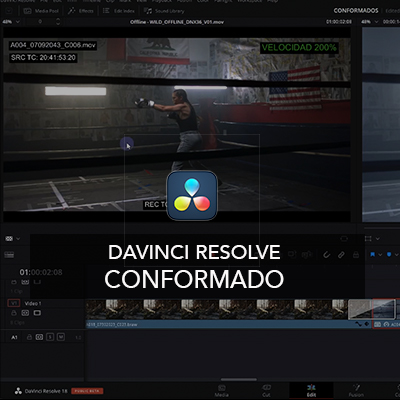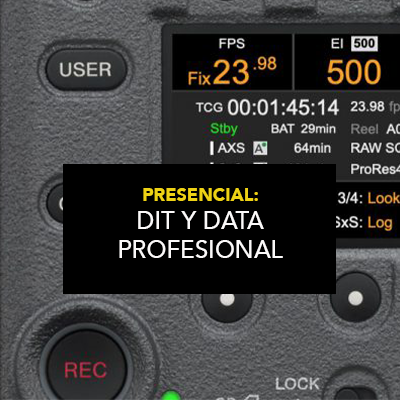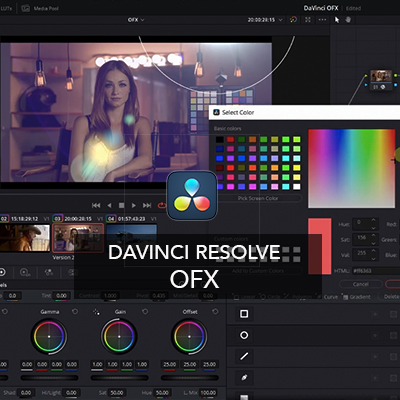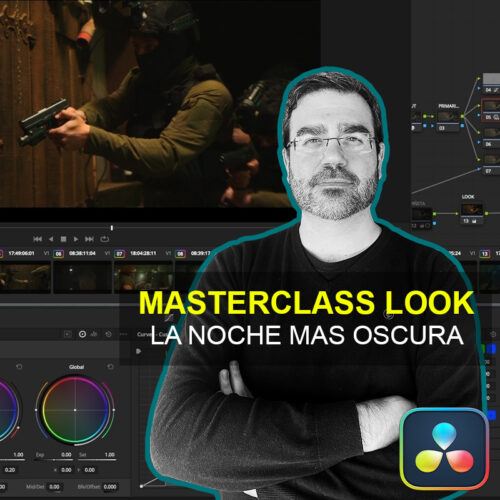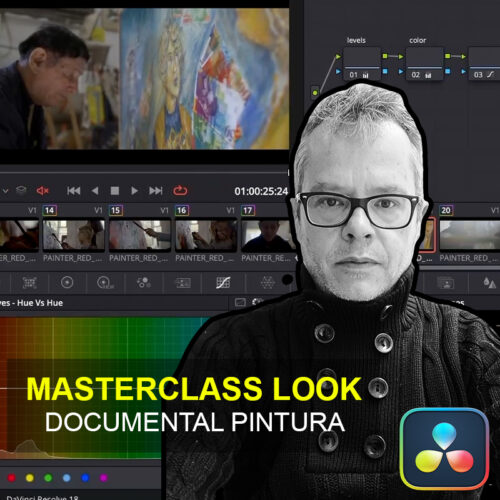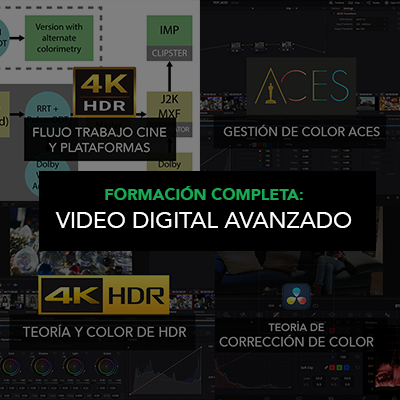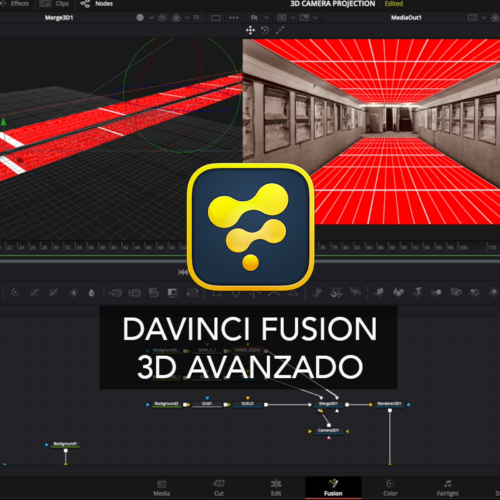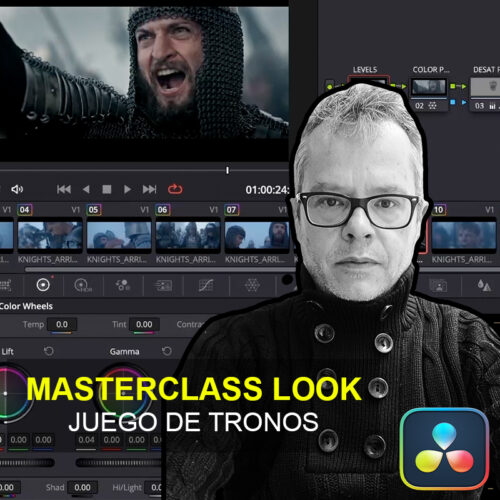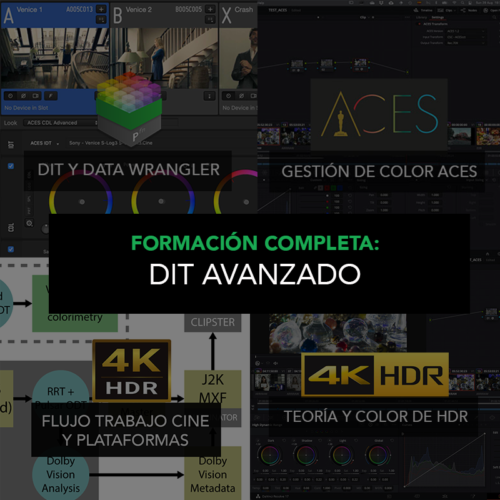Odile Martín, student of the Online Course on Codecs, Formats, and Workflows
Highly professional, up-to-date, and reliable courses
DURATION
2 HOURS
LEVEL
INTRODUCTION
NUMBER OF VIDEOS
5 VIDEOS
DOWNLOADABLE
Direct video download
Learn all the conforming tools of DaVinci Resolve and familiarize yourself with the less intuitive aspects of the program!

